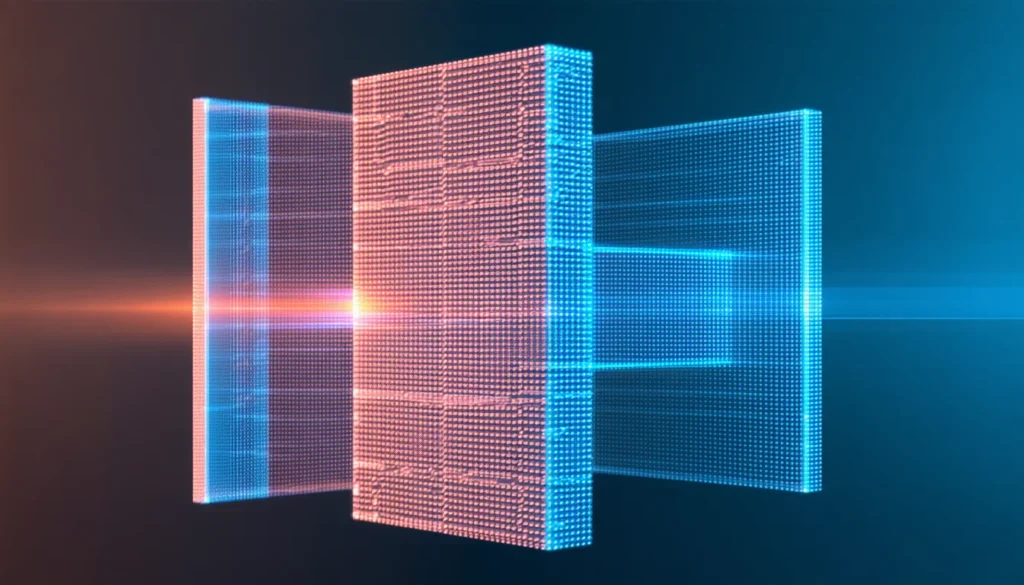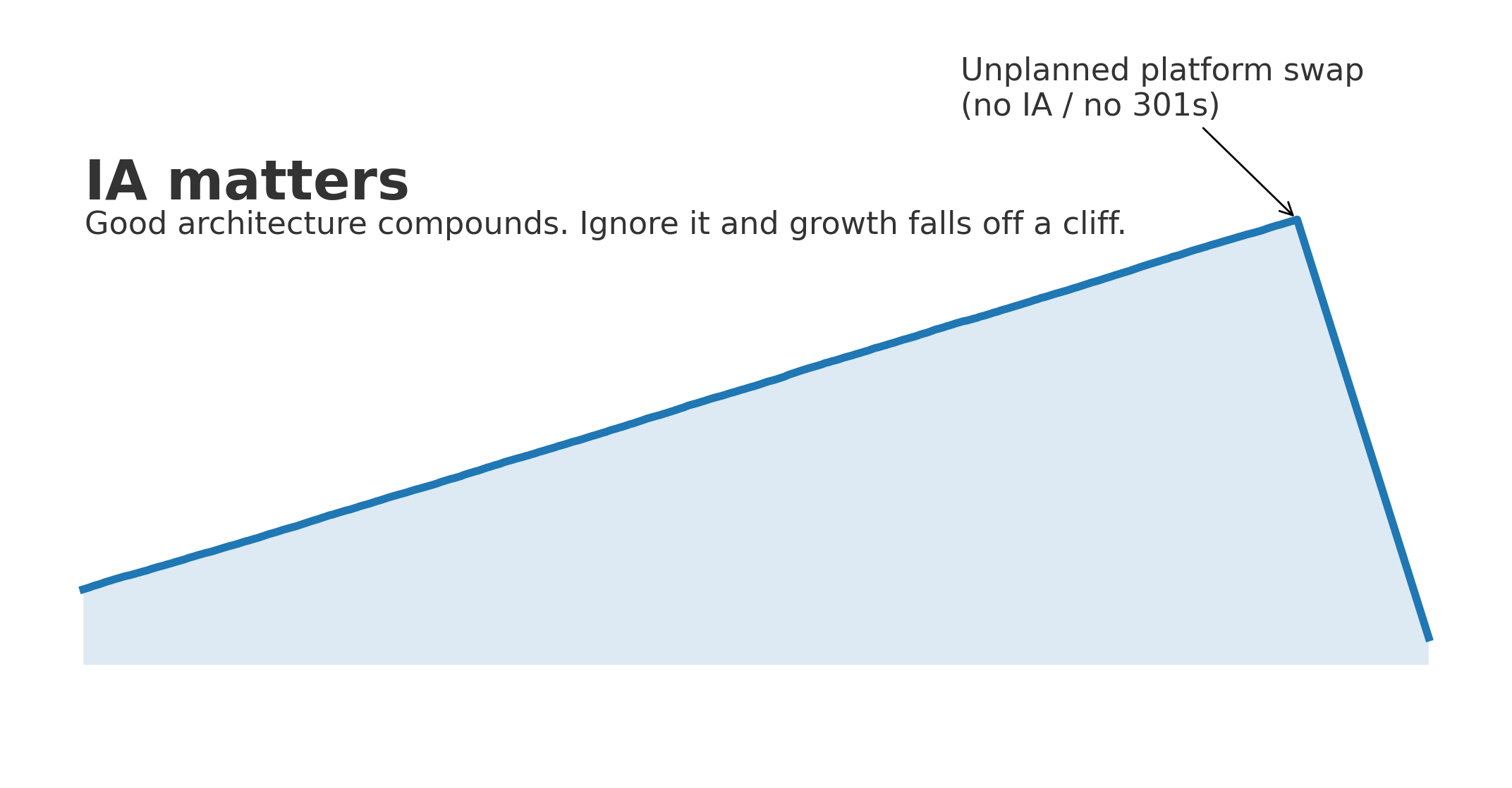In an era where attention spans are measured in milliseconds, website performance isn’t negotiable—it’s critical. While captivating content and compelling products are fundamental, they won’t matter if your site crawls to a halt under the weight of unoptimized images. Image optimization is a high-impact, often overlooked SEO strategy that directly boosts page speed, user experience, accessibility, and even your bottom line. In this in-depth guide, we’ll explore why image optimization matters and share actionable steps—plus highlight the essential tools at Metrotechs Toolbox that make the process effortless.
Why Image Optimization Is Non-Negotiable
Before diving into “how,” let’s get crystal clear on the “why.” Images typically account for the bulk of data transferred when someone loads a web page. Slow-loading visuals frustrate visitors, drive up bounce rates, and send negative signals to search engines. Google explicitly uses page speed as a ranking factor: a delay of just one second can reduce customer satisfaction by 16% and conversion rates by 7%.¹
On the flip side, optimized images mean:
-
Lightning-fast load times, giving you an SEO edge.
-
Improved user engagement, because no one waits around for pages to render.
-
Lower bounce rates and higher conversion opportunities.
-
Enhanced accessibility, through descriptive ALT tags that assist screen readers.
-
Reduced hosting costs, thanks to smaller file sizes consuming less bandwidth and storage.
Understanding Image File Formats
Selecting the right file format is the foundation of effective image optimization. Here’s a quick rundown of common formats and when to use them:
| Format | Best For | Pros | Cons |
|---|---|---|---|
| PNG | Graphics requiring transparency (logos, icons) | Lossless quality, transparency support | Larger file sizes |
| JPEG/JPG | Photographs and colorful imagery | Good quality-to-size ratio | No transparency |
| GIF | Simple animations | Animation support | Large sizes, limited color palette |
| WEBP | Both photographs and graphics | Superior compression, supports transparency & animation | Broad browser support, though some legacy browsers may need fallback |
Among these, WEBP stands out for web use. It delivers the same quality as PNG or JPEG at substantially smaller file sizes—often up to 30%–50% smaller. That equates to real-world performance gains across desktop and mobile.
The Metrotechs Toolbox: Your Complete Image Suite
Manual optimization—exporting, compressing, converting—can become tedious. That’s where the Metrotechs Toolbox shines. These web-based tools streamline every step:
-
Image Optimizer
-
Compress any image without losing visual fidelity.
-
Ideal for on-the-fly compression during uploads.
-
-
PNG to JPG Converter
-
Switch non-transparent PNGs to JPG for smaller file sizes.
-
Perfect for photographs or images where alpha channels aren’t needed.
-
-
JPG to WEBP Converter
-
Combine JPG’s broad compatibility with WEBP’s efficiency.
-
Essential for high-traffic sites aiming to shave seconds off load times.
-
-
PNG to WEBP Converter
-
Preserve transparency while getting WEBP’s compression benefits.
-
Recommended when converting logos, icons, or overlay graphics.
-
-
WEBP to JPG Converter
-
Fallback solution for older browsers that don’t support WEBP.
-
Ensures graceful degradation without manual re-exporting.
-
-
Image to Base64
-
Embed small images directly into HTML to cut HTTP requests.
-
Useful for icons, small backgrounds, or critical above-the-fold assets.
-
Putting these tools to work is as simple as dragging and dropping your files into the browser interface—no software installs, no steep learning curve.
Five Actionable Steps to Optimize Every Image
Whether you’re starting a brand-new site or auditing an established property, follow these five steps for maximum impact:
1. Choose the Right Format
-
Photographs → JPEG or convert to WEBP
-
Transparent graphics → PNG or PNG→WEBP
-
Animations → GIF only when necessary; consider WEBP for animated sequences
2. Compress Aggressively
Upload your assets to the Image Optimizer. Aim for the smallest file size that still looks sharp on your site—usually, 60%–80% quality in JPEG or lossy WEBP is unnoticeable to human eyes.
3. Implement Responsive Images
Use the HTML srcset attribute to serve multiple versions of the same image. For example:
This ensures each device downloads exactly what it needs—no more, no less.
4. Write Descriptive ALT Text
Every image should have an ALT attribute that clearly describes its content. Screen readers rely on this, and search engines use ALT text to index the image contextually.
5. Enable Lazy Loading
Defer off-screen images until they’re about to scroll into view. In modern HTML:
Lazy loading dramatically improves the perceived load time of your page.
Real-World Impact: A Quick Case Study
Scenario: A medium-sized e-commerce retailer struggled with sluggish page loads due to hundreds of high-resolution product photos.
Approach:
-
Converted all PNG logos and badges to WEBP via the PNG to WEBP Converter.
-
Ran every product image through the Image Optimizer.
-
Added responsive
srcsetattributes for desktop, tablet, and mobile resolutions. -
Wrote concise ALT tags for SEO and accessibility.
-
Turned on lazy loading for thumbnails and secondary visuals.
Results:
-
Load time dropped by 38% on desktop and 45% on mobile.
-
Bounce rate decreased by 22%, keeping shoppers on site longer.
-
Conversion rate climbed by 18%—a direct lift to revenue.
Beyond One-Time Fixes: Make Optimization Ongoing
Image optimization isn’t a “set it and forget it” task. As you add new photos, graphics, or campaign assets, incorporate the Metrotechs Toolbox into your workflow:
-
Weekly audits: Run a site-crawl tool and flag any images over 200 KB.
-
Automated checks: Integrate image compression into your build or CMS pipeline.
-
Team guidelines: Train content creators to use WEBP for new uploads and fill in ALT text before publishing.
By embedding these practices into your processes, you’ll safeguard ongoing speed, SEO value, and user experience.
The Competitive Edge
In a digital marketplace where milliseconds can cost millions, optimized images give you a clear advantage:
-
Search engines reward faster-loading pages with higher rankings.
-
Visitors reward streamlined experiences with lower bounce rates and higher engagement.
-
Business metrics improve through increased conversions and reduced hosting overhead.
Don’t leave these gains on the table. Visit toolbox.metrotechs.io today to start compressing, converting, and optimizing your images in seconds.
Ready to Supercharge Your Site?
Image optimization is a foundational SEO and UX strategy—and with the Metrotechs Toolbox, it couldn’t be easier. From PNG to WEBP conversion to lazy loading best practices, you now have a clear roadmap and powerful tools at your fingertips. Implement these steps, keep your images in peak form, and watch your site’s performance—and your bottom line—soar.
Invest in optimization now, and reap the benefits every time someone clicks your link. Your visitors—and Google—will thank you.





